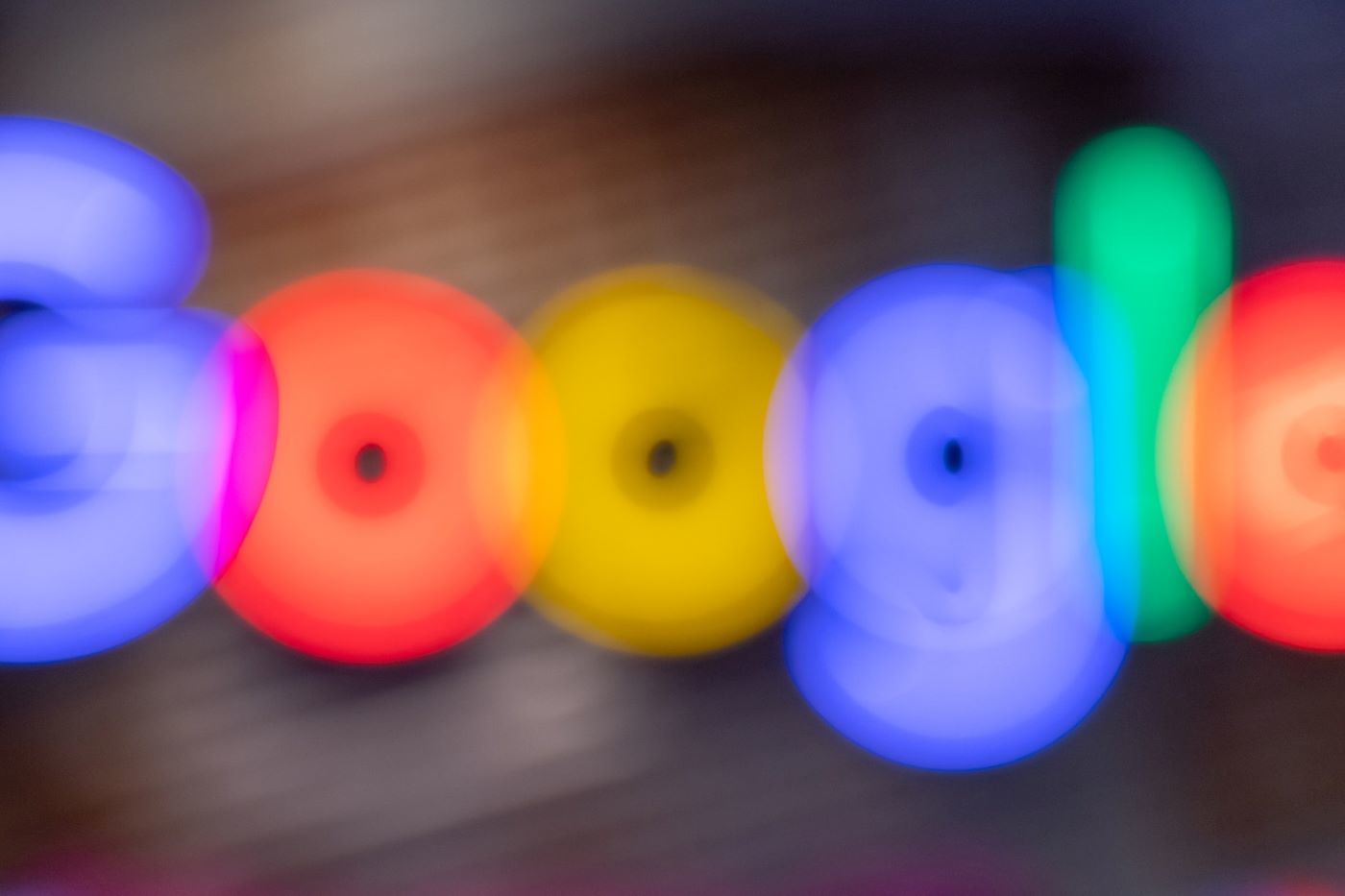Updated 25 July 2025:
Google has changed in a lot of ways since this blog was written, and we no longer use the terms ‘many-per-click’ and ‘1-per-click’ conversions, as there are multiple different touch points that are attributed by an entirely different attribution model. With the number of different tracking methods we have available, ‘many-per-click’ conversions is the standard where if a customer converted multiple times on your website such as making a purchase, signing up to your newsletter and contacting via a form, this would be classed as 3 separate conversions and would be attributed to the platform via ‘data-driven’ attribution.
What is Data-Driven attribution?
Also known as DDA, data-driven attribution analysis and uses multiple touch points across multiple Google platforms to understand the contribution of your conversions. For example, if a user visits your website via organic search, bounces out, and later on visits your site via paid search, they spend a few minutes looking at a specific product, leaves again, then makes the purchase via direct, your paid search ad will be given the most weight as the user spent the most time at that stage.
You might see this appear in your conversion column on Google Ads as a decimal e.g. 0.8 or 0.6. Credit is no longer given to the last touch point as seen in ‘last-click’ attribution which was the case originally.
How does DDA work?
DDA uses machine learning via various ad interactions based on Google’s algorithms. Each DDA model is account and advertiser specific, meaning no account is the same in the way attribution is weighted and tracked.
Benefits of DDA
DDA is supposed to provide us with more accurate data and measurement, giving us a clearer picture on how conversions are obtained. With this info, it makes it a bit easier to optimise campaigns such as increasing/decreasing ad spend, pushing specific ad groups, pushing keywords, ad scheduling etc.
Original Blog
In April, a new conversion column started appearing in AdWords reports and eventually the main AdWords homepage; it was called “Conversions (many-per-click)” and the old Conversion column was changed to “Conversions (1-per-click)”. This was done with no real fanfare at the time, especially considering the importance of the column. But what is “many per click” and is it better than plain old conversions?
Conversions (1-per-click)
Conversions (1-per-click) count a conversion for every AdWords ad click resulting in a conversion within 30 days. This means if more than one conversion happens following a single ad click, conversions after the first will not count.
Conversions (many-per-click)
Conversions (many-per-click) count a conversion every time that a conversion is made within 30 days following an AdWords ad click. Conversions (many-per-click) will count multiple conversions per click.

In other words, one click can now record multiple conversions.
So let’s break this down with examples:
Let’s say you have a Google AdWords campaign which you have conversion tracking set up for the sale of a product, a contact form enquiry and a newsletter sign up. These are pretty normal methods for collecting conversion data.
Before the conversion tracking changed, if a user found your site through Google AdWords bought something, signed up to your newsletter and filled out your contact form this would count as only one conversion.
But now if that happened it counts as three conversions, which it should.
So this is brilliant right? We get to see exactly how our visitors are converting and the data is more of a true value. Well no, not always unfortunately. The new conversion method can be skewed and very easily at that.
Take this example. A person clicks on your ad text and joins your newsletter, whilst on the converting page they refresh their browser. According to AdWords that is two conversions.
How about another example? A person comes to your website and contacts you via the form on your site which you have conversion tracking set up on. Unfortunately you fail to contact them back (I’m sure this does not apply to anyone reading this, obviously this is hypothetical). Three days later they come back to the site and fill out the contact form again to follow up their previous enquiry. Because of the 30 day tracking, this is classed as another conversion.
One more example. Someone buys something from your website which triggers a conversion. They then browse through your site more but hit the back button and land on your landing page. This again is classed as a secondary conversion.
Another factor that the new conversion tracking brings up is the Cost per Conversion and Conversion Rate. These now have the opportunity of changing drastically for each method, a 50% conversion rate can now become 100% very easily and £1 Cost per Conversion can become £0.50. This is a big difference, especially when running into big numbers.

So do you just ignore the (many-per-click) column then? Of course you don’t, in the same way that when looking at the (many-per-click) column you should not ignore the (1-per-click) column; you have to use them together along with any other reporting method you have.
Essentially you shouldn’t just rely on Google AdWords to tell you how many conversions you’ve received; instead you should use your analytics package and compare it with the data you can see on AdWords. If things look as though they are wrong then look into it. If your (many-per-click) conversions are triple that of your (1-per-click) conversions then don’t just take it at face value and pat yourself on the back for your high conversion rate, investigate it and see if it is right.
Most of all look at both columns all the time and use them concurrently to achieve a successful AdWords campaign.






Leave a Reply